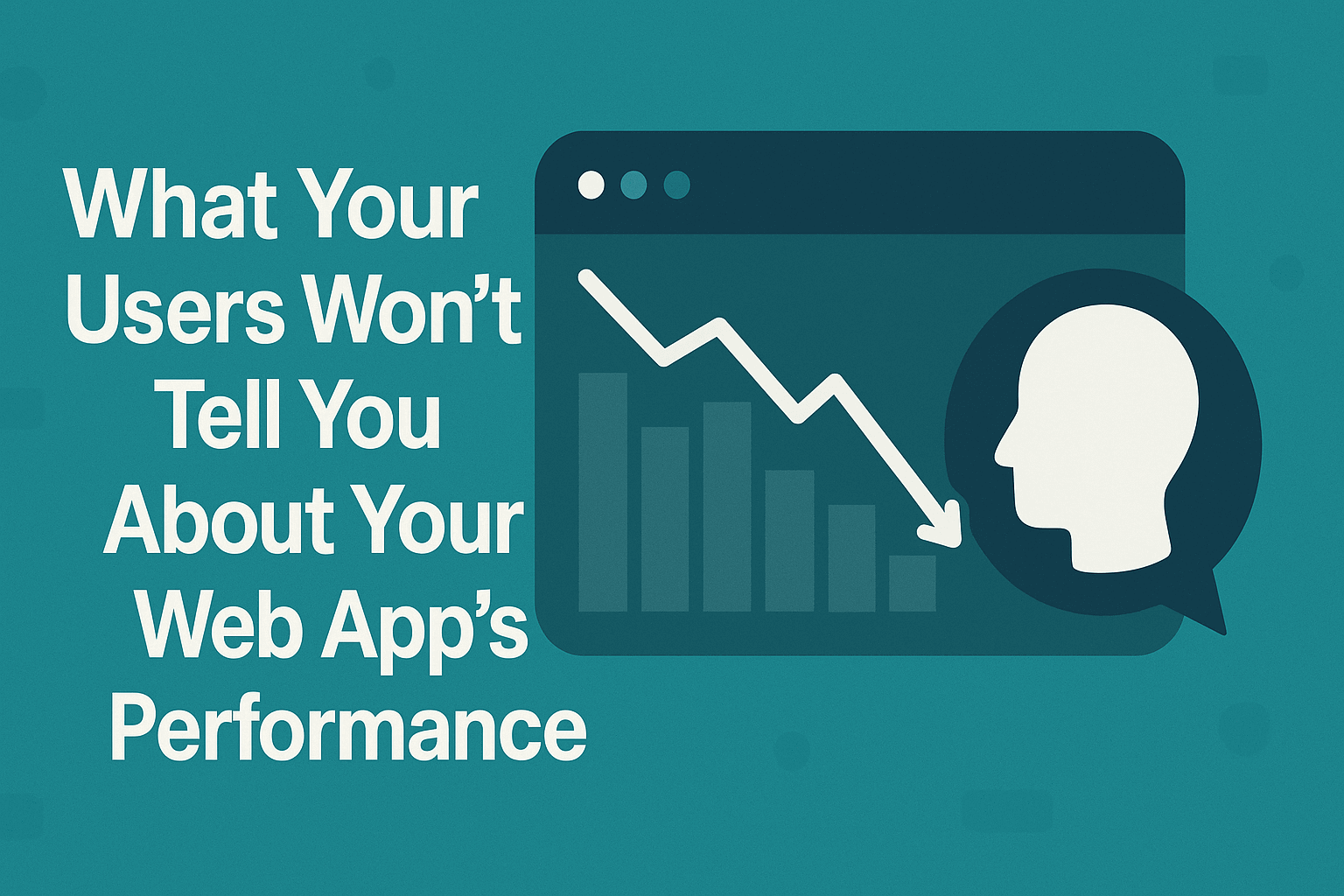When you fire up your computer each morning, you probably don’t think much about the quiet chain of checks, verifications, and background processes that keep your system safe. But here’s the thing: those tiny checks matter. And they matter even more than they did a few years ago. As 2025 rolls on, authentic software licensing has become one of the most underrated pillars of secure, stable computing.
I know, it sounds a little dry at first glance. But stay with me for a moment because the ripple effects touch almost everything you do on your machine – from opening email attachments to running spreadsheets without crashes.
Before we get deeper into the “why,” let’s clear up what authentic licensing actually means. It’s not just a key or a code. It’s a trust handshake between you and the developer, ensuring your system runs legitimate, verified software.

Contents
What Does Authentic Software Licensing Actually Do?
Authentic licensing does more than keep you on the right side of legal agreements. It’s like giving your computer a verified ID that software vendors recognize. Once you’re in the clear, your system gets access to updates, security patches, and support.
So why does that matter? Because modern operating systems change fast. Security threats don’t warm up; they just show up. And when they show up, the first line of defense is timely updates. A licensed product gets them immediately.
Here’s a simple way to think about it: running unlicensed software is a bit like driving without insurance. You might get from one point to another… until something goes wrong.
The Real Risks of Unlicensed Software (People Often Don’t Realize This)
You’ve probably heard the usual warnings – viruses, malware, or risks tied to shady downloads. But there’s more underneath the surface.
1. Security Vulnerabilities That Don’t Get Patched
Unlicensed or modified copies usually fail verification checks, which means you won’t receive crucial security updates. And without those updates, you’re exposed to known vulnerabilities. Cybercriminals love targeting outdated systems because it’s like finding an open window.
2. System Instability
Ever had software crash during something important? Maybe a report, maybe an invoice, maybe a school project. Counterfeit versions often contain corrupted files, which leads to unpredictable behavior.
3. Data Integrity Concerns
This one gets overlooked. If you depend on your machine for work – especially anything with sensitive data – using software that isn’t authentic increases the chances of silent corruption. Documents might save incorrectly or features might behave inconsistently.
4. Hidden Modifications
Pirated versions sometimes include background scripts or changes you never agreed to. Even if they don’t look suspicious, you’re still placing trust in someone who altered the original code.
And that brings us to something people rarely talk about.
Long-Term Reliability Depends on Proper Activation
A lot of folks assume activation is a one-time thing – enter the key, and you’re good forever. But activation isn’t just a formality. It’s a check-in system that helps the software verify integrity over time.
If you want to get a feel for why that matters, this understanding long-term software reliability resource offers a practical way to explore it. It breaks down how certain platforms validate their licensing and why the process supports consistent performance.
Let me explain something quickly: modern productivity suites and operating systems don’t sit still. They’re interconnected ecosystems with cloud sync, collaboration tools, and real-time scanning. When the license checks out, all those services function smoothly.
Example Screenshot Placeholder
Think of activation like renewing a library card. Sure, you might not need it every day, but when you do, you want it to work.
How Software Activation Works (Without Getting Too Technical)
Let’s keep this simple. Activation usually includes:
- A product key or digital license
- A short handshake with the vendor’s servers
- A verification timestamp
- Periodic background checks
Some folks find this annoying, but honestly, it’s part of the security backbone that vendors use to ensure your copy hasn’t been tampered with. If you want a bigger-picture breakdown, the guide on authentic software licenses explains how licensing systems keep your device safe.
Activation Flow Example
It’s kind of like how streaming services occasionally ask you to verify your device. They’re not doing it to annoy you; they’re doing it to keep your account secure.
The Hidden Benefits No One Talks About
Most articles stick to the obvious points, but there’s a handful of perks that get brushed aside.
1. Better Performance Over Time
Licensed software is optimized for your system. Real updates boost performance and reduce slowdowns.
2. Fewer Compatibility Issues
Have you ever installed an update that suddenly broke something else? Licensed systems get tested more consistently.
3. Cleaner Integration With Cloud Tools
Many apps rely on cloud services – file syncing, shared workspaces, version tracking. And you know what? These services rely on valid authentication.
4. Predictable Lifespan
When your software is genuine, you can expect years of stable use. No surprises.
What About Cost? (A Quick Reality Check)
A lot of people worry that authentic licenses cost too much, and that’s fair. But what’s the real cost of downtime? Or corrupted files? Or a malware infection that wipes out a month’s work?
When you compare the price of a license to the value of your data and productivity, the math starts shifting.
Plus, many tools that used to require expensive licenses now offer budget options. And some vendors even allow one-time purchases for lifetime activation.
How to Confirm Your Software Is Authentic
Here are a few steps you can take right away:
- Look for an activation page in the software settings.
- Check the update history – fake copies rarely show consistent updates.
- Visit the vendor’s “verify license” page.
- Avoid marketplaces known for third-party resellers with unclear backgrounds.
- When in doubt, compare against official activation guides, like this reference on how official software activation works.
When Software Licensing Affects Business Operations
If you’re running a business, licensing takes on another layer. Compliance matters, sure, but it’s also about reputation and reliability. Imagine a financial firm using unauthorized tools that fail during audits. Or designers using unstable software during client work.
A single lapse could mean project delays or even legal trouble.
Even small companies benefit from keeping things above board. The long-term stability alone is worth it.
Wrapping Up
Authentic software licensing doesn’t feel exciting, but it’s one of those foundational pieces that quietly protects everything you do on a computer. Whether you’re working from home, running a business, or just browsing casually, the difference between licensed and unlicensed software shows up in reliability, security, and peace of mind.
So next time you see that activation prompt, don’t ignore it. It’s a small step that keeps your system trustworthy for years to come.
If you want to explore specific activation methods or compare license types, the links referenced above offer solid, practical guidance.


